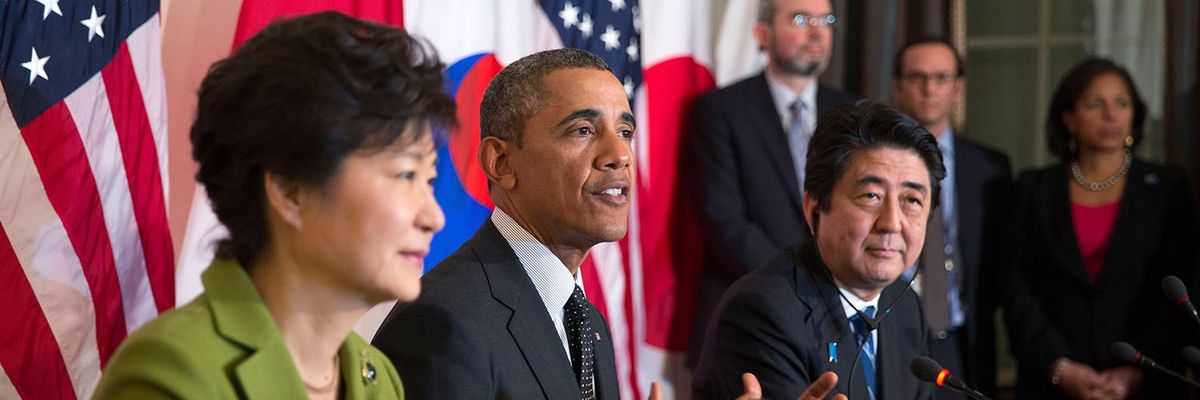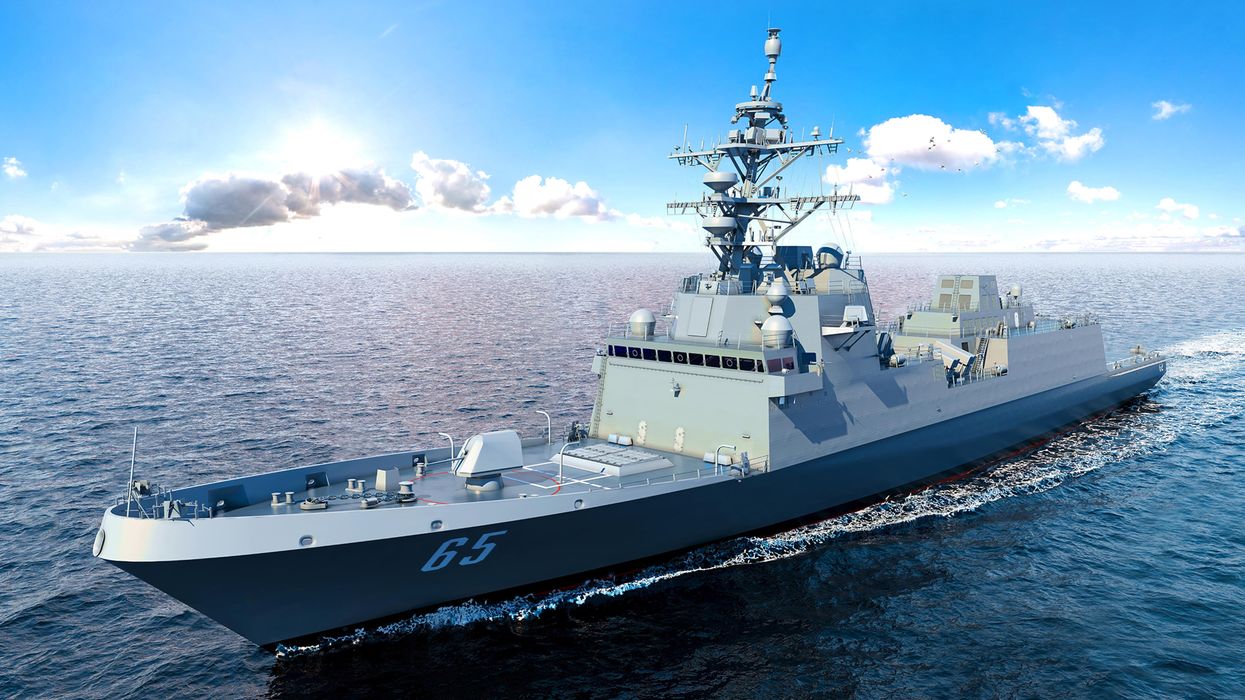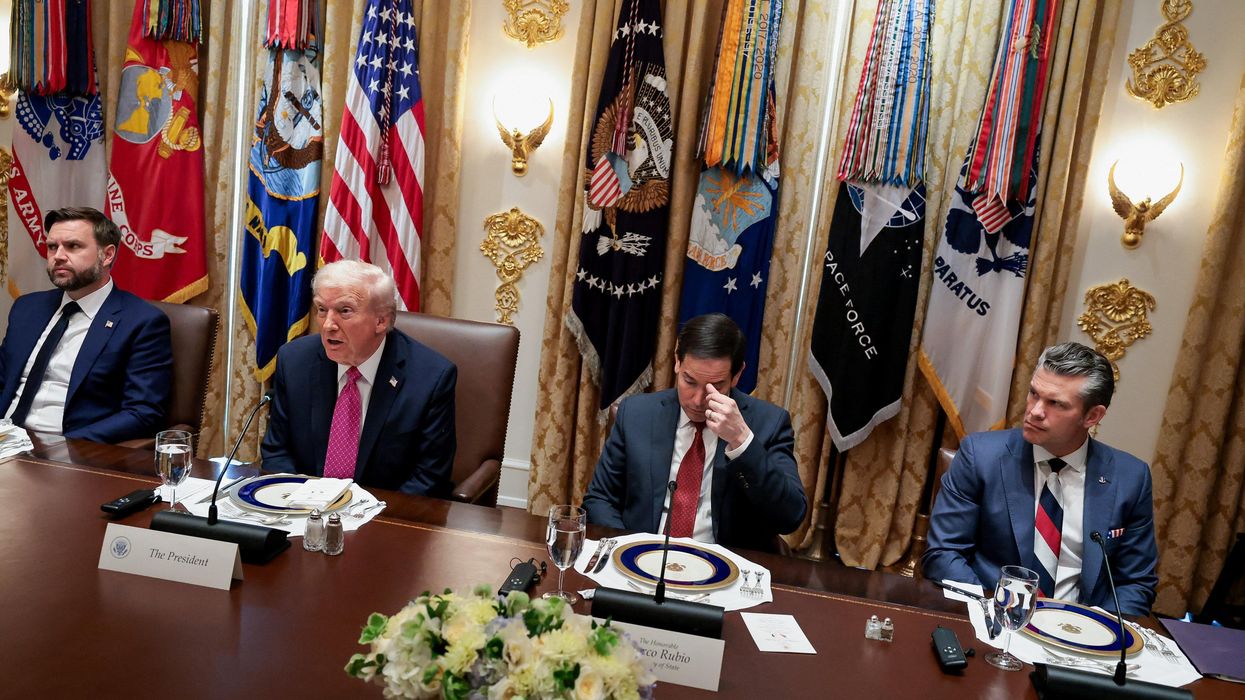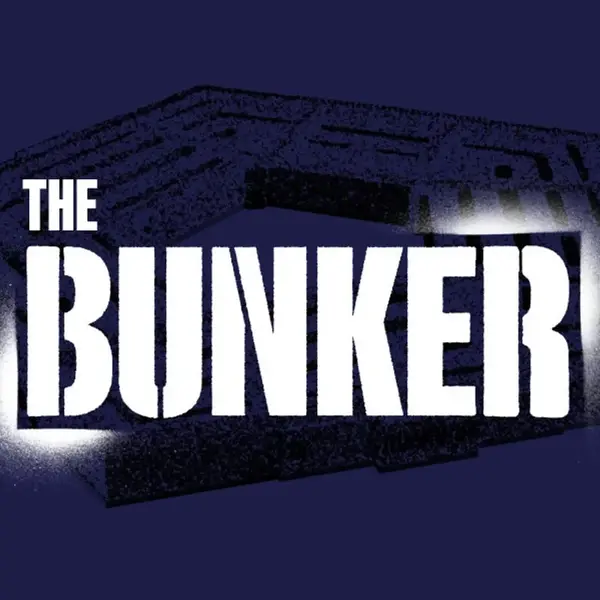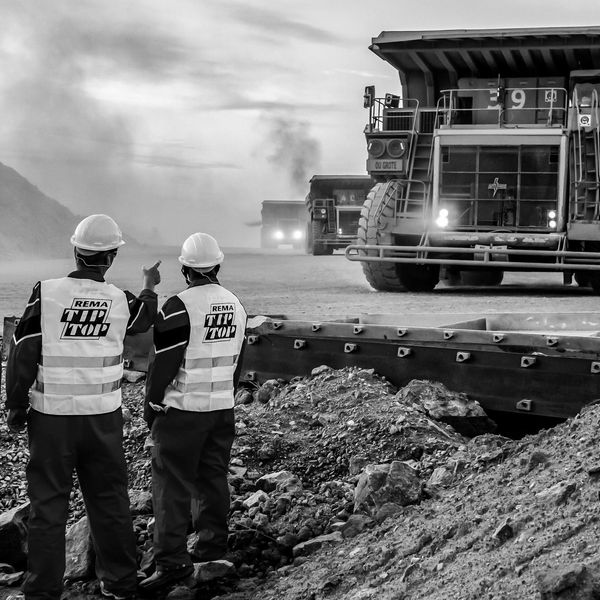U.S. North Korea policy has been failing for decades under administrations of both parties. Since the turn of the century, North Korea has gone from having no nuclear weapons to having several dozen and the increasingly effective means of delivering them, and it has done this despite the insistence of the United States and its allies that this outcome is unacceptable.
There is no policy that cries out for revisiting core assumptions and learning from past failures than the policy that has aimed at blocking and then reversing North Korea’s nuclearization. Fortunately, there is a new book, “Hinge Points: An Inside Look at North Korea’s Nuclear Program,” that provides guidance on where Washington went wrong and how it may still be able to correct course.
The author, Siegfried Hecker, a former director of the Los Alamos National Laboratory, argues that the United States failed to prevent the growth of North Korea’s arsenal by making the wrong choices at critical moments, or “hinge points,” when Washington erred in not properly assessing the risks of disengagement and walking away from agreements, and by relying too much on pressure tactics. Hecker is unsparing in his criticisms of the bad policy choices he identifies, but he delivers his assessments in a sober, matter-of-fact way. He faults each administration for its mistakes regardless of party affiliation.
The key flaws of U.S. policy in Hecker’s view were in repeatedly failing to do technically informed risk/benefit analysis and failing to understand North Korea’s dual-track approach to diplomacy and to building up its nuclear program. The United States did not appreciate that North Korea gave priority to one track or the other depending on circumstances, and thus failed to take advantage of North Korean openings. As Hecker puts it, “[Washington] ruled out a political middle ground by forcing Pyongyang early on to choose between diplomacy or the nuclear program.”
Hecker’s account offers valuable insights into the development of North Korea’s nuclear weapons program and into the policy decisions made in Washington over the last 20 years. As a technical expert who traveled many times to see North Korean nuclear facilities with a delegation involved in Track 2 diplomacy, he has an important perspective on the emergence of North Korea’s nuclear arsenal and the failings of U.S. policy in curbing it.
Time after time, the United States accepted greater risk of a growing North Korean arsenal rather than taking a chance on imperfect but important limitations on North Korea’s capabilities. Hecker does not make this direct comparison in the book, but we have seen a similar dynamic in the debate over the nuclear deal with Iran for years. In that debate, opponents have obsessed over alleged weaknesses in the deal and use them as an excuse to destroy the entire agreement. Conjuring up distant future proliferation dangers, critics of an existing agreement tore down the barriers to proliferation in the present.
Beginning with the Bush administration’s decision to abandon the Agreed Framework, the United States missed opportunities that would have constrained North Korea’s program even if it would not have eliminated it. Hecker rightly judges the decision to break the Agreed Framework as the most significant of the hinge points. He pins the blame squarely on hardliners in the Bush administration, including John Bolton in particular: “Bolton’s hammer [to smash the Framework] gave us the North’s bombs.”
If the United States had been willing to settle for getting something with North Korea at any one of these hinge points, it would have been better off and in a better position to make additional diplomatic gains down the road. The recurring pattern at each of the hinge points in every administration was that Washington opted for inflexibility and hardline demands when there were opportunities to find limited but workable compromises that could have served as the foundation for further diplomatic progress.
At each hinge point, there was a chance for U.S.-North Korean relations to improve, or at least to stabilize, and because the United States kept choosing poorly the relationship deteriorated and North Korea’s arsenal continued to grow larger and more dangerous. In some cases, this was the result of deliberate sabotage by hardliners inside the administration, as it was with Bolton under both Bush and Trump, and in others it was the result of neglect and an unwillingness to respond to North Korean offers because of hardened mistrust.
The first half of the book focuses on the seven visits to North Korea that Hecker made along with his colleagues. The ability of his private group to visit and get important technical information about North Korean facilities over several years is a testament to the value of Track 2 diplomacy and to the benefits that can come from regular contacts between our two countries.
The history of U.S.-North Korean relations over the last 20 years shows that the United States and its allies would have been far better off if they had been engaging more frequently and more consistently than they did, and it is at least possible that they would have been able to obtain more concessions from North Korea on the nuclear issue if they had been willing to accept limited gains instead of chasing after the distant goal of denuclearization.
While Hecker holds every administration accountable for its mistakes, his account of the Obama administration’s failures is in some ways the most scathing because he holds it responsible for having flubbed three of the six critical moments that he identifies. He concludes that “the consequences of [Obama’s] inaction on North Korea turned out to be one of his biggest foreign policy failures — one that made the world a much more dangerous place.” It is perhaps not a surprise then that Obama and his officials have almost nothing to say about North Korea in their respective memoirs, as Hecker notes in his last chapter on the Obama years.
The contrast between Obama’s relative neglect of North Korea and his deep involvement in securing a nonproliferation agreement with Iran was “stark,” as Hecker puts it, and this makes Obama’s North Korea policy that much more puzzling to him. Obama was very interested in issues of arms control and nonproliferation before and during his presidency, and his focus on these issues led him to some of his most significant foreign policy achievements.
Maybe Obama assumed that negotiating with Iran was a better use of his time because the Iranian government had not crossed the line of leaving the Non-Proliferation Treaty and testing nuclear weapons, as North Korea had, and an agreement to keep Iran from crossing those lines would have been easier to get than to negotiate one to reverse nuclearization that had already happened. Perhaps he concluded that the damage was already done and there was little to do except wait with so-called strategic patience. Regardless, he perpetuated a failed policy and delivered a worse situation to his successor than the one he had inherited.
“Hinge Points” is a detailed and extensive account of how North Korea became the world’s eighth declared nuclear weapons state. The Biden administration should heed its warnings and learn from the mistakes of its predecessors so that it does not make more bad choices with bad consequences.

